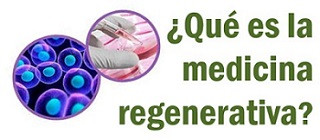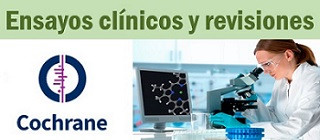Evaluation of the Delivery of Mesenchymal Stem Cells into the Root Canal Space of Necrotic Immature Teeth after Clinical Regenerative Endodontic Procedure.Clinical Research 2011
Evaluation of the Delivery of Mesenchymal Stem Cells into the Root Canal Space of Necrotic Immature Teeth after Clinical Regenerative Endodontic Procedure
Tyler W. Lovelace, DDS,* Michael A. Henry, DDS, PhD,* Kenneth M. Hargreaves, DDS, PhD,*†
and Anibal Diogenes, DDS, MS, PhD*
Abstract
Introduction: Immature teeth with open apices treated
with conventional nonsurgical root canal treatment
often have a poor prognosis as a result of the increased risk of fracture and susceptibility to recontamination.
Regenerative endodontics represents a new treatment
modality that focuses on reestablishment of pulp vitality and continued root development. This clinical procedure relies on the intracanal delivery of a blood clot (scaffold), growth factors (possibly from platelets and dentin), and stem cells. However, to date, the clinical presence of stem cells in the canal space after this procedure has not been demonstrated. The purpose of this clinical study was to evaluate whether regenerative endodontic procedures are able to deliver stem cells into the canal space of immature teeth in young patients and to identify the possible tissue origin for these cells.
Methods:
After informed consent, the first appointment onsisted
of NaOCl irrigation and treatment with a triple antibiotic
paste. One month later, the root canal space was irrigated with sterile saline, and bleeding was evoked
with collection of samples on paper points. Real-time
reverse-transcription polymerase chain reaction and
immunocytochemistry were conducted to compare the
gene transcripts and proteins found in the root canal
sample with levels found in the systemic circulation.
Results: Molecular analyses of blood collected from
the canal system indicated the significant accumulation of transcripts for the stem cell markers CD73 and CD105 (up to 600-fold), compared with levels found in the systemic blood. Furthermore, this effect was selective because there was no change in expression of the differentiation markers ALK-P, DSPP, ZBTB16, and CD14.
Histologic analyses demonstrated that the delivered cells expressed both CD105 and STRO-1,markers for a subpopulation of mesenchymal stem cells.
Conclusions: Collectively,these findings demonstrate that the evokedbleeding step in regenerative procedures triggers the significant accumulation of undifferentiated stem cells into the canal space where these cells might contribute to the regeneration of pulpal tissues seen after antibiotic paste
therapy of the immature tooth with pulpal necrosis.
(J Endod 2011;37:133–138)



